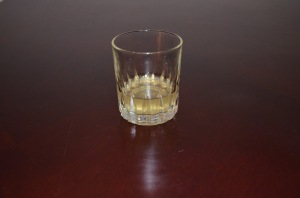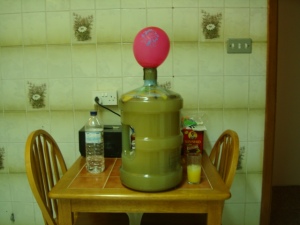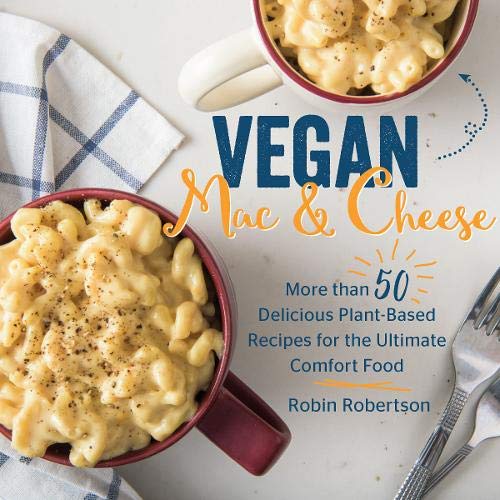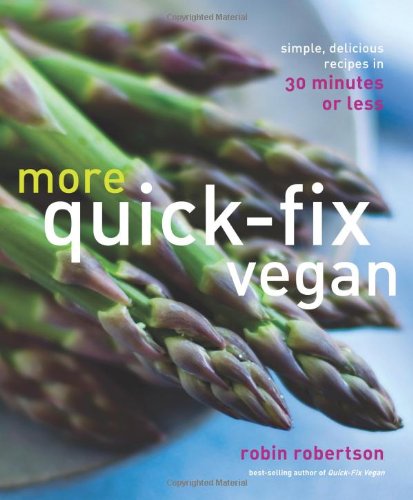In the true spirit of Wildcard Wednesday, the following is a guest post by a friend who lives and works on the other side of the world in a “dry” land. The post chronicles his experience making his own artisanal fermented beverage, aka “moonshine.”
I’m friar Loshlane and my sidekick is friar Pumpernickel. We are not real friars, but to maintain anonymity in our rebellious endeavors, in a land reflective of the prohibition years in America, we thought it best to exercise discretion while sharing the story of the birth and development of our baby. Born on September 5th, she is five gallons (somewhat less now) of bubbling, breathing, discharging, joy. Meet Miss Mead!
Friar Pumpernickel and I used a traditional uncooked mead recipe as our guide. We believe if ancient orders could concoct relatively safe beverages worthy of religious celebration, neither should we require modern apparatus and tedious technique. According to one source, the first mead was gathered, not made by humans. Bees made it. Accidentally of course, and I’m sure the first human to dip his hands into the hollowed tree for a drink found the effect of fermented honey water quite interesting. And humankind has been chasing the mind altering effects of alcohol ever since.
Friar Pumpernickel chopped fruit while I activated the yeast. We multiplied by five a recipe for one gallon and used a five-gallon water jug, still sealed, effectively eliminating the need sterilize the container. The water provided a known clean source. Tap water, especially in a foreign country, won’t do. We emptied half the water, stuffed in apples, raisins, oranges, and peaches. Then we added the yeast.
Now we had to aerate her. The directions said shake vigorously for ten minutes. Friar Pumpernickel said, “Yeah, good luck with that.” I eyed him apprehensively, looked over at the jug. Replaced the original cap, secured it with duct tape, and I took it to the hallway. I laid it on its side, expressed my apologies, and began briskly kicking the jug around the apartment. This is the only time you’re allowed to handle your mead in this manner! So get all your frustrations out now.
After aerating, and in honor of Robert Boyle, we stretched a balloon across the mouth of the jug to maintain a pristine environment for our newborn, while allowing for expansion and expulsion of excess gases. Within two hours the balloon began to inflate. I mean really inflate! Millions of tiny cells were eating sugars and converting oxygen into carbon dioxide in magnificent cellular respiration! We carefully executed an extremely delicate balloonostomy; we made a needle hole near the top of the balloon to relieve excessive pressure. The balloon properly attached and vented we placed our newborn into elementary school where she learned the way to refinement through exhaustive repetition, or repetitious exhaustion.
At fourteen days the yeast was still in full respiration so we allowed her a few more days. Finally on day eighteen we racked our baby, sending her off to secondary school. At this point we added pureed peaches, four in all, enough to give the remaining yeast something to gnaw. Our young mead studied for another twenty-three days, when on that day we racked her again. Off she went to finishing school.
At forty plus-days her complexion and bouquet have improved dramatically. The yeast scent is gone and her flavor has mellowed from brandy-like to that of a Riesling.
So now we wait for Miss Mead to age. We’re going to rack her again around day seventy-five. Until then we ponder the days of speakeasies and rum runners, and salute those who lifted the first mouthfuls of fermented drink to their lips.
###
10/20/11: An Addendum from the Guest Blogger to fellow mead-making enthusiasts:
Take some time to Google mead and vegan mead. And take a look at the recipe on stormthecastle.com – on the left hand column, look for “Fast Mead Recipe.” There are some steps there that I think are vital to making a traditional mead, steps one must follow, steps not mentioned in modern techniques. The photo of the bottle lying on its side is important in demonstrating one of the steps. Preventing aeration at this point is as important as aerating in the beginning of the process. We really kicked the crap out of our jug, for ten solid minutes, in order to achieve the aeration you see in the first picture. The nice thing about our jug was the handle, it acted as a sort of mixing paddle, very nice effect.We are just beginners at this. So I recommend you do your research. We researched this topic for nearly a year before finally deciding to move forward.
###


























{ 0 comments… add one }